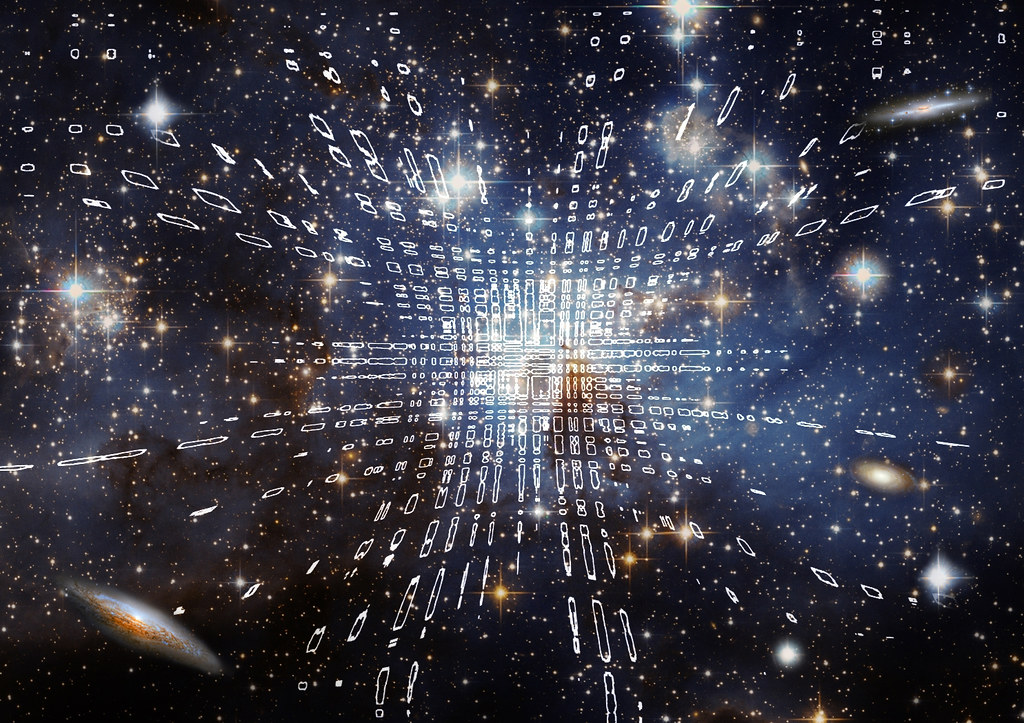The concept of time travel has captivated the human imagination for centuries, appearing in numerous works of science fiction. While it remains a topic of fascination, the scientific community continues to explore the theoretical possibilities and limitations of traversing the dimensions of time. In this article, we delve into some intriguing concepts such as wormholes, black holes, quantum entanglement, time dilation, and parallel universes, examining their potential role in enabling time travel.
- Wormholes: Wormholes are hypothetical shortcuts that could connect different regions of space and time. They are essentially tunnels in the fabric of spacetime, allowing for rapid travel between distant points or even different time periods. Theoretical physics suggests that if we could stabilize and manipulate a wormhole, it might serve as a gateway for traversing time. However, creating and maintaining a stable wormhole remains purely speculative, as they require exotic forms of matter with negative energy density.
- Black Holes: Black holes are cosmic entities with gravitational fields so intense that nothing, not even light, can escape their pull. These enigmatic objects result from the collapse of massive stars. While black holes themselves do not offer direct avenues for time travel, their immense gravitational forces could potentially be utilized in conjunction with other phenomena to enable time travel. The intense gravity of a black hole might influence the flow of time, providing a means to traverse into the future.
- Quantum Entanglement: Quantum entanglement is a phenomenon where particles become intrinsically linked, regardless of the distance between them. This mysterious connection allows instantaneous communication between entangled particles. While quantum entanglement has been extensively studied for its implications in secure communication and quantum computing, its role in time travel remains uncertain. The manipulation of entangled particles might hold the key to altering the chronological order of events, but significant technological advancements and theoretical breakthroughs are required.
- Time Dilation: Time dilation is a fundamental consequence of Einstein's theory of relativity. It states that time can be stretched or compressed depending on the relative velocity or gravitational field experienced by an observer. As an object approaches the speed of light or enters a strong gravitational field, time slows down for the object relative to an external observer. This effect has been observed and measured experimentally. Although time dilation is a fascinating concept, it primarily allows for time travel into the future, as traveling back in time would require the existence of closed timelike curves, which remain speculative.
- Parallel Universes: Parallel universes, or the multiverse theory, propose the existence of multiple universes, each with its own set of physical laws and properties. While the notion of parallel universes is still largely speculative, some theories suggest that these universes might interact or overlap at certain points, forming bridges between them. If such bridges exist, they could potentially be exploited to traverse between different time periods in different universes, effectively enabling time travel.
Conclusion:
Time travel, a concept deeply ingrained in human imagination, remains an open question in the realm of scientific inquiry. While fascinating concepts such as wormholes, black holes, quantum entanglement, time dilation, and parallel universes hold promise for enabling time travel, they are still mostly theoretical and speculative. The exploration of these phenomena continues to drive scientific progress, pushing the boundaries of our understanding of the universe. Only time will tell if we will ever unravel the mysteries of time travel and make it a reality.








0 Comments